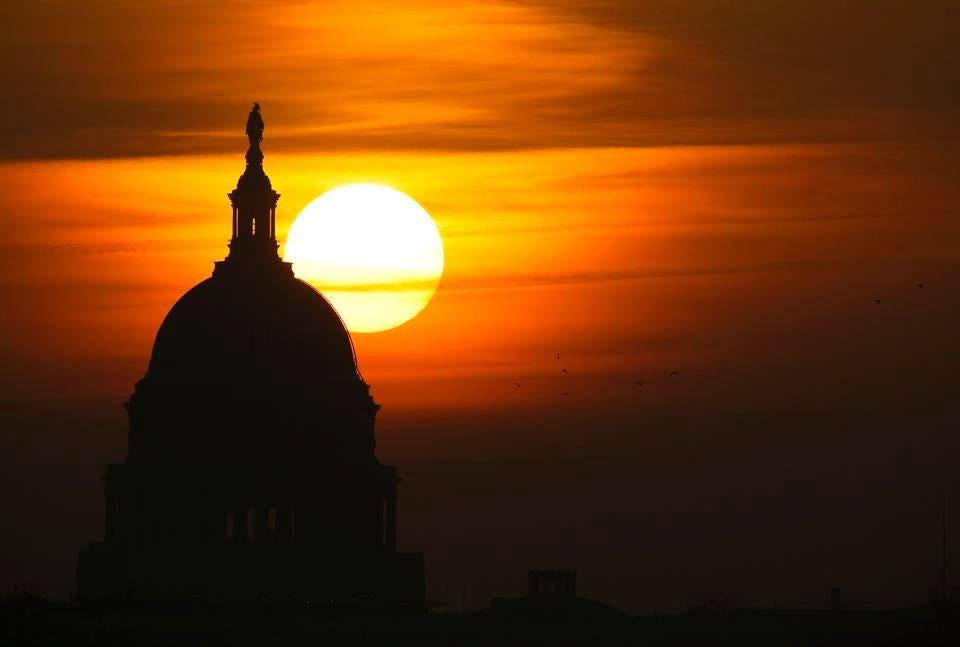On March 13 the greater majority of the United States all turned their clocks back an hour to put daylight savings time into effect. This year, along with every year, daylight savings was met with complaints about people losing an hour of sleep, or forgetting to turn their clocks back and being late for appointments. This raises the question: what is the point of daylight savings? This year the same question was running through the minds of the Senate as they presented a bill to put an end to daylight savings.
Two days after daylight savings time Florida Senator Marco Rubio proposed a bill to stop daylight savings and keep clocks set at the same time year round. The bill unanimously passed the vote in the Senate and became known as the Sunshine Protection Act. Rubio clearly had the same thoughts about daylight savings as many American citizens.
“If we can get this passed, we don’t have to keep doing this stupidity anymore,” said Rubio, via Politico.com. “Why we would enshrine this in our laws and keep it for so long is beyond me.”
The bill now must get passed by the House of Representatives to move onto the president’s desk. The legislation that Rubio made would not take effect until 2023, to not affect airline flights or train rides that have already been scheduled.
At Sonoma State, daylight savings came right before the last week of school before spring break. This is a week that is commonly used by professors to do midterms for their classes. Many students around campus complained about the loss of an hour, saying it messed up their sleep schedule.
“The time change kind of threw me off,” said business major Adrian Berreto, a junior at SSU. “I was really tired for a few days afterwards.
Supporters of daylight savings time reason that when it ends in the fall, everyone gains an hour for a 25 hour day. They also reason that when daylight savings occurs, it stays brighter outside later. Sunset comes around 7:30 in Rohnert Park, now that the time has changed.
“I like how it stays bright later in the day,” said sophomore Nick Loudermilk. “It sort of feels like the start of summer.
The idea behind daylight savings time is to maximize the amount of sunlight people can experience in a day. By moving the clocks forward and moving them back, people can add an extra hour of sunlight into their day after they get off work, via nationalgeographic.com. Congress has also tried to permanently end daylight savings before. This occurred in the 1970s and ended because the overall public did not approve of the change.
Whether or not the change to daylight saving will actually happen, remains to be seen, as well as what the public will think of it. The bill still must pass a vote in congress before it can even reach the desk of President Biden and be signed into law. For now the public will be forced to move their clocks an hour ahead, and push them back in the fall when daylight savings ends, as usual.
COURTESY // www.forbes.com
U.S. Senate passes legislation that moves to make daylight saving time permanent by 2023.



































